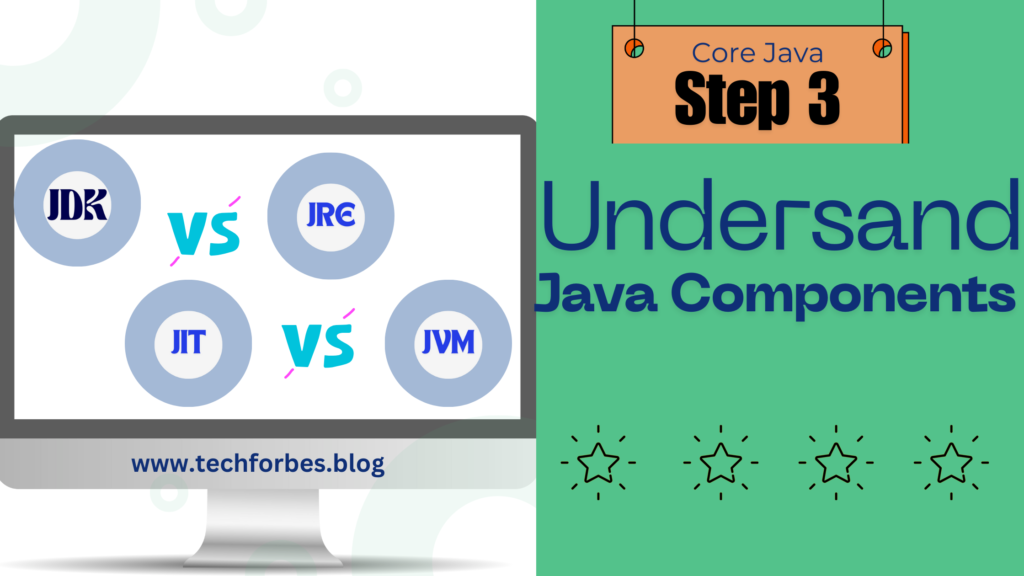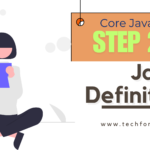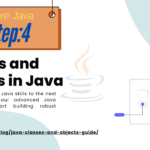Understanding Java Components: JVM, JIT, JRE, and JDK
Java’s versatility and widespread adoption stem from its powerful architecture and robust tools. Central to this architecture are four key components: JVM (Java Virtual Machine), JIT (Just-In-Time Compiler), JRE (Java Runtime Environment), and JDK (Java Development Kit). Understanding these components is essential for developers aiming to harness Java’s full potential.
1. Introduction to Java Components
Java’s slogan, “Write Once, Run Anywhere,” relies on its underlying components. Each plays a distinct role in ensuring seamless execution of Java programs across platforms. Whether you’re a beginner or a seasoned developer, understanding these components helps optimize your workflow and application performance.
| Component | Full Form | Purpose |
|---|---|---|
| JVM | Java Virtual Machine | Executes Java bytecode on any platform. |
| JIT | Just-In-Time Compiler | Enhances performance by compiling bytecode to native code. |
| JRE | Java Runtime Environment | Provides libraries and JVM to run Java applications. |
| JDK | Java Development Kit | A toolkit for developing, debugging, and running Java applications. |
2. What is JVM (Java Virtual Machine)?
The JVM acts as the runtime engine for Java programs. It translates Java bytecode into machine code suitable for the host system. Key responsibilities of the JVM include:
- Loading Class Files: Dynamically loads required classes during execution.
- Memory Management: Handles allocation and garbage collection.
- Security: Enforces runtime restrictions to ensure code safety.
3. What is JIT (Just-In-Time Compiler)?
JIT is an integral part of the JVM. It optimizes program performance by converting bytecode into native machine code at runtime. This compilation method reduces the overhead of interpreting bytecode line-by-line, enabling faster execution.
How JIT Works:
- Bytecode is loaded by the JVM.
- Frequently executed methods are identified.
- These methods are compiled into native code and cached for reuse.
4. What is JRE (Java Runtime Environment)?
The JRE provides the environment required to execute Java applications. It includes:
- JVM: The core component for running Java programs.
- Libraries: Pre-defined classes and packages that streamline development.
- Runtime Tools: Utilities like Java plugins and deployment tools.
5. What is JDK (Java Development Kit)?
The JDK is a comprehensive toolkit for Java development. It encompasses the JRE along with development tools such as:
- Compiler (javac): Converts Java source code into bytecode.
- Debugger (jdb): Facilitates debugging of Java programs.
- Other Utilities: Tools like
javadocfor documentation andjavapfor disassembly.
6. Key Differences Between JVM, JRE, and JDK
| Feature | JVM | JRE | JDK |
| Definition | Executes Java bytecode. | Environment for running Java applications. | Toolkit for developing and running Java applications. |
| Includes | N/A | JVM, libraries, and tools. | JRE, compiler, and development tools. |
| Purpose | Runs Java programs. | Runs Java programs. | Develops and runs Java programs. |
Conclusion
Mastering Java’s core components—JVM, JIT, JRE, and JDK—is crucial for leveraging its platform-independent capabilities. The JVM ensures portability, the JIT compiler enhances performance, the JRE provides the runtime essentials, and the JDK empowers developers to create robust Java applications.



